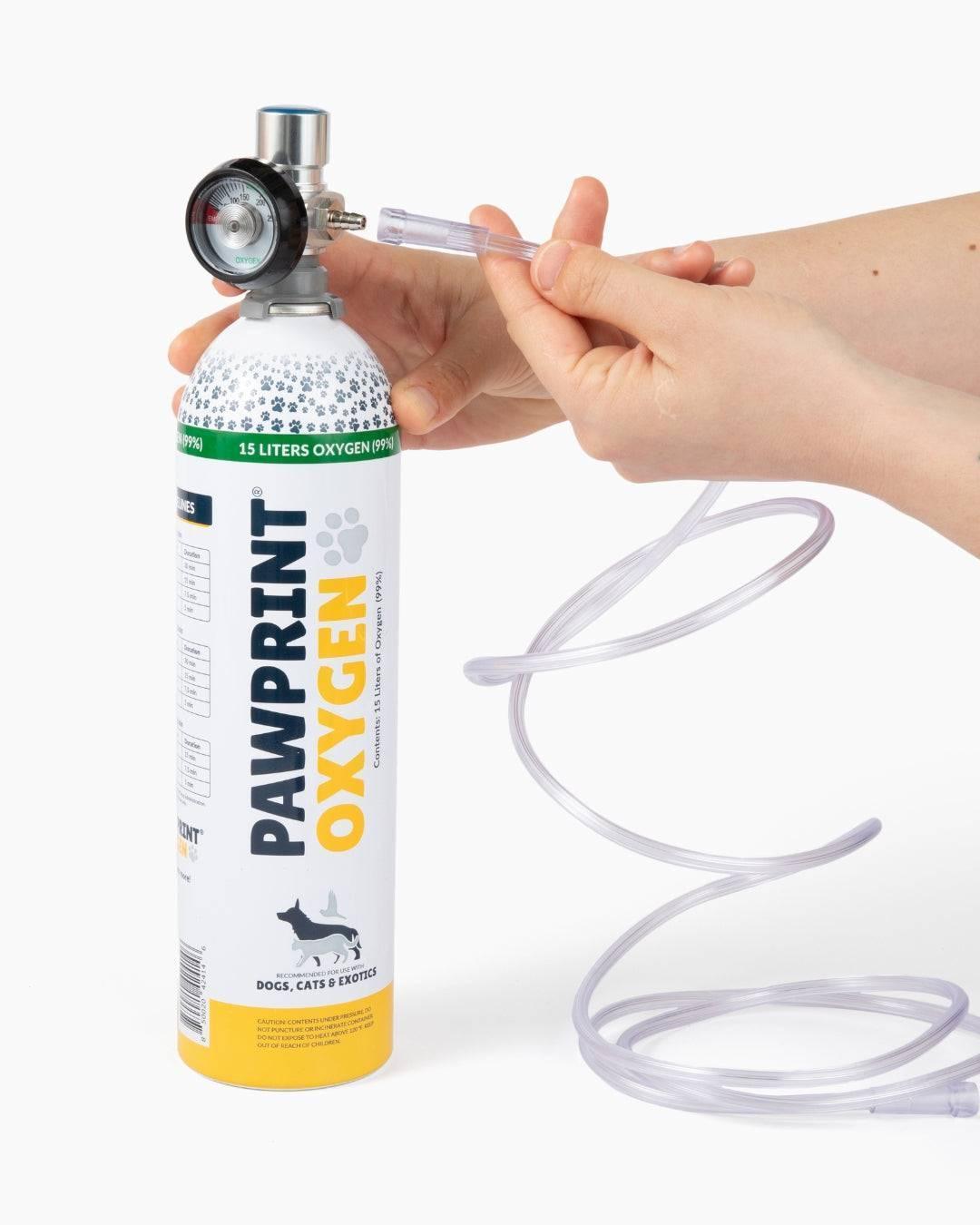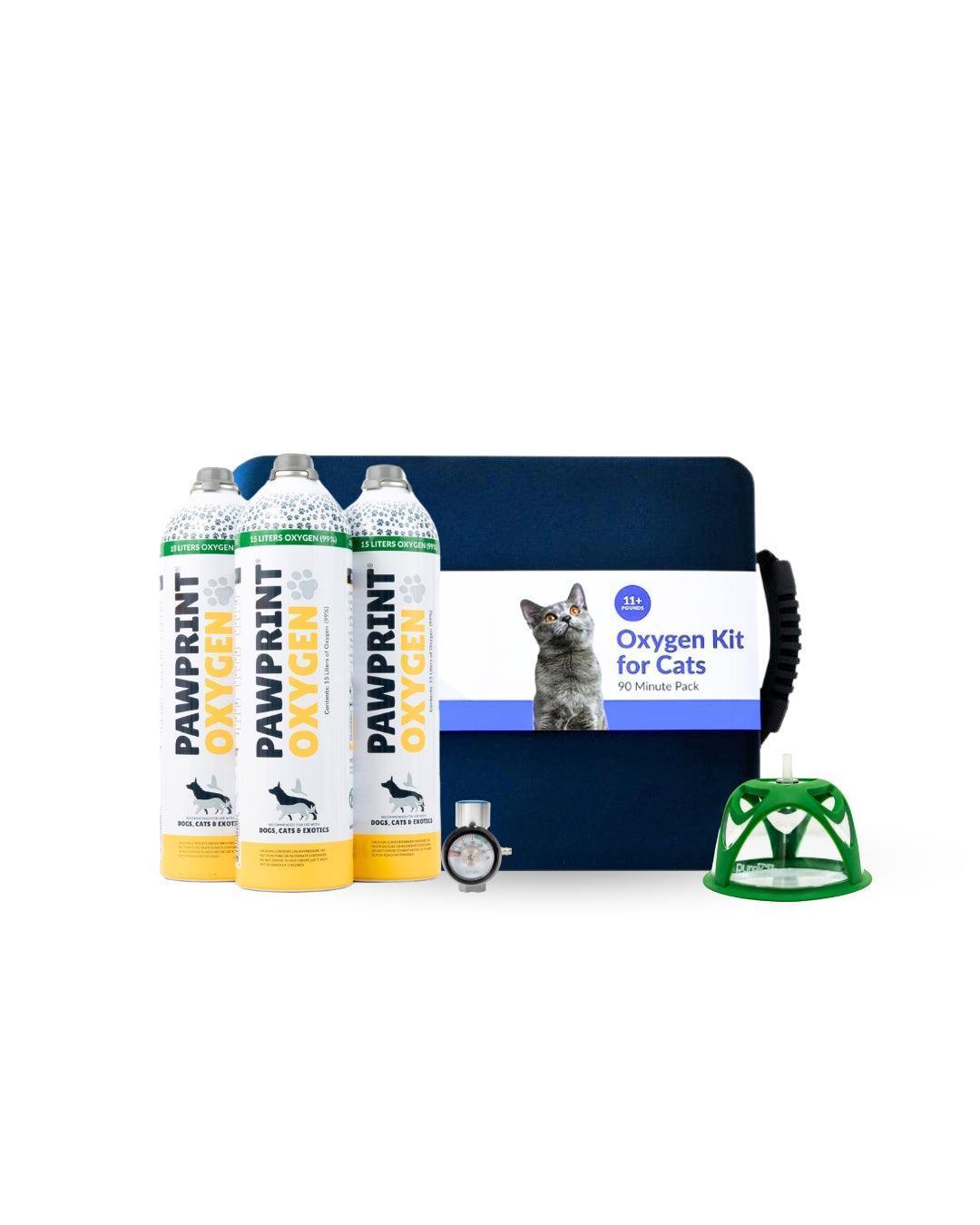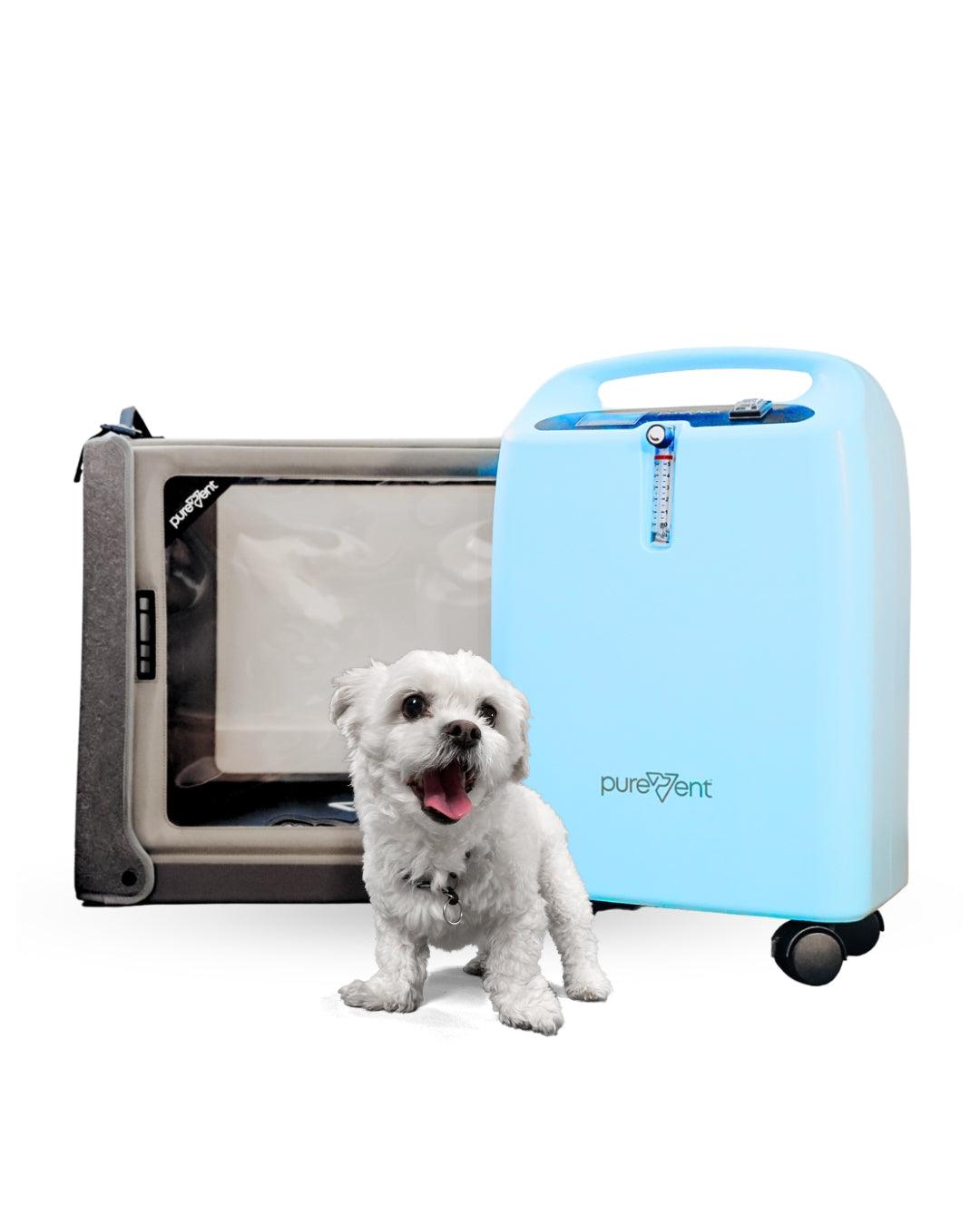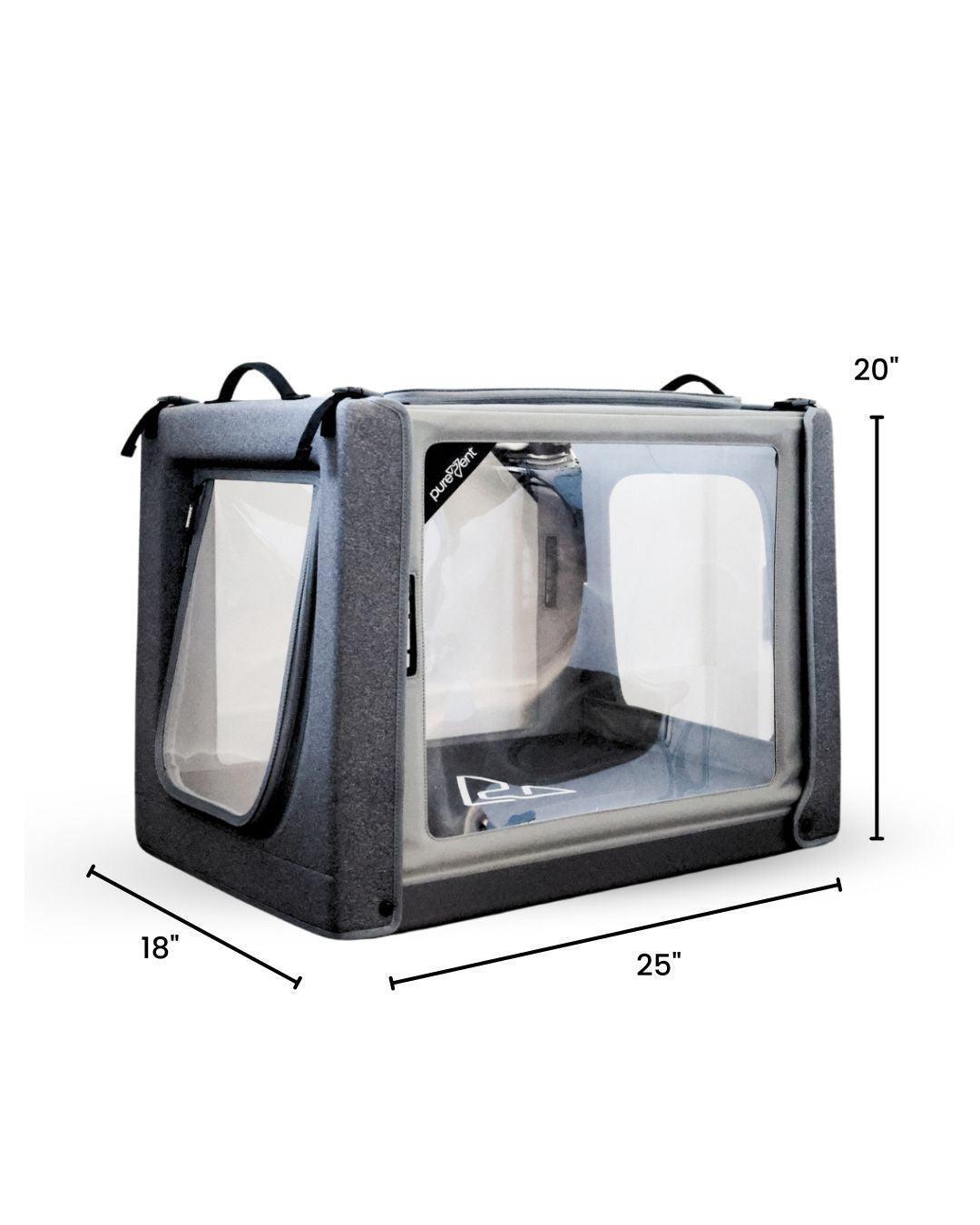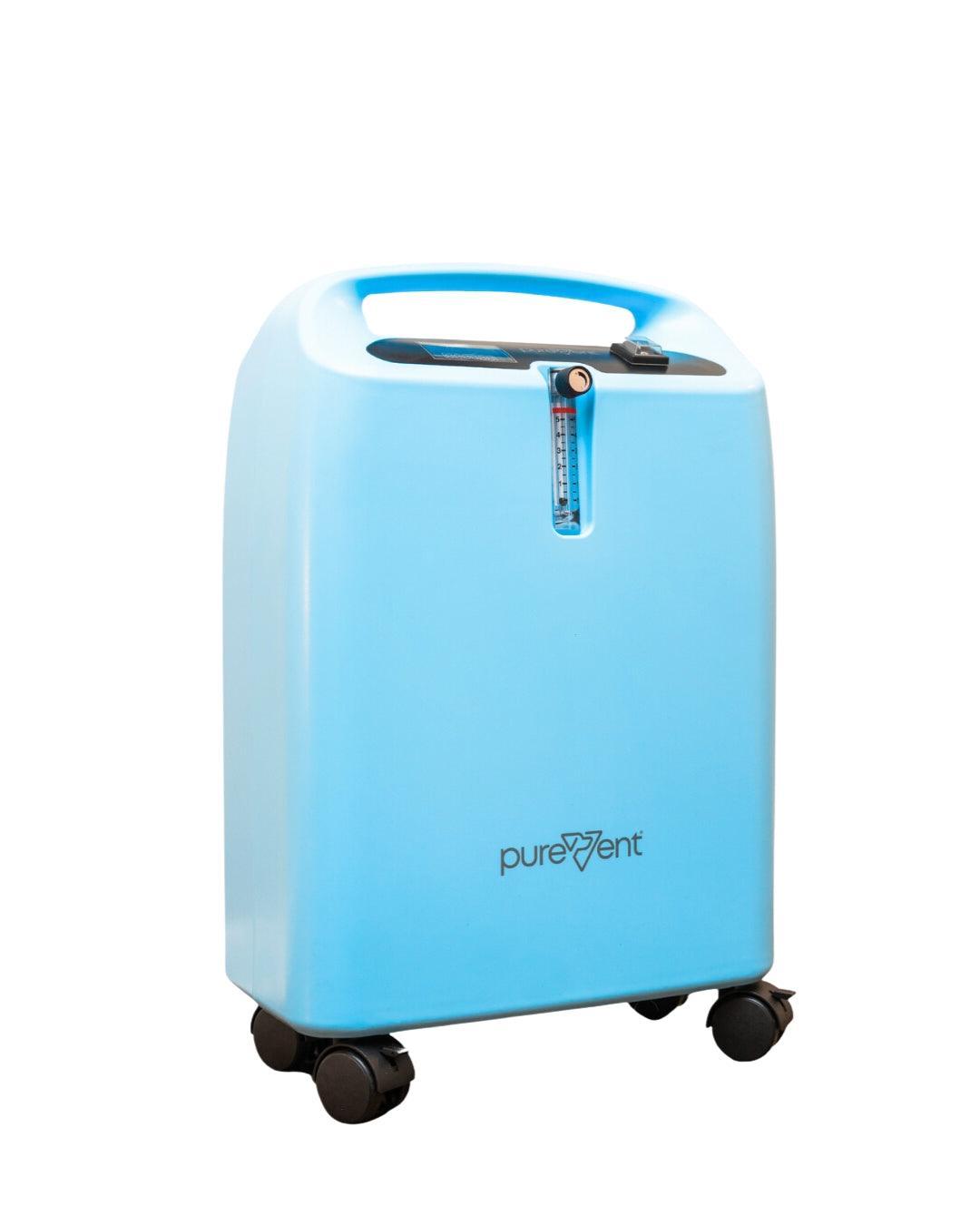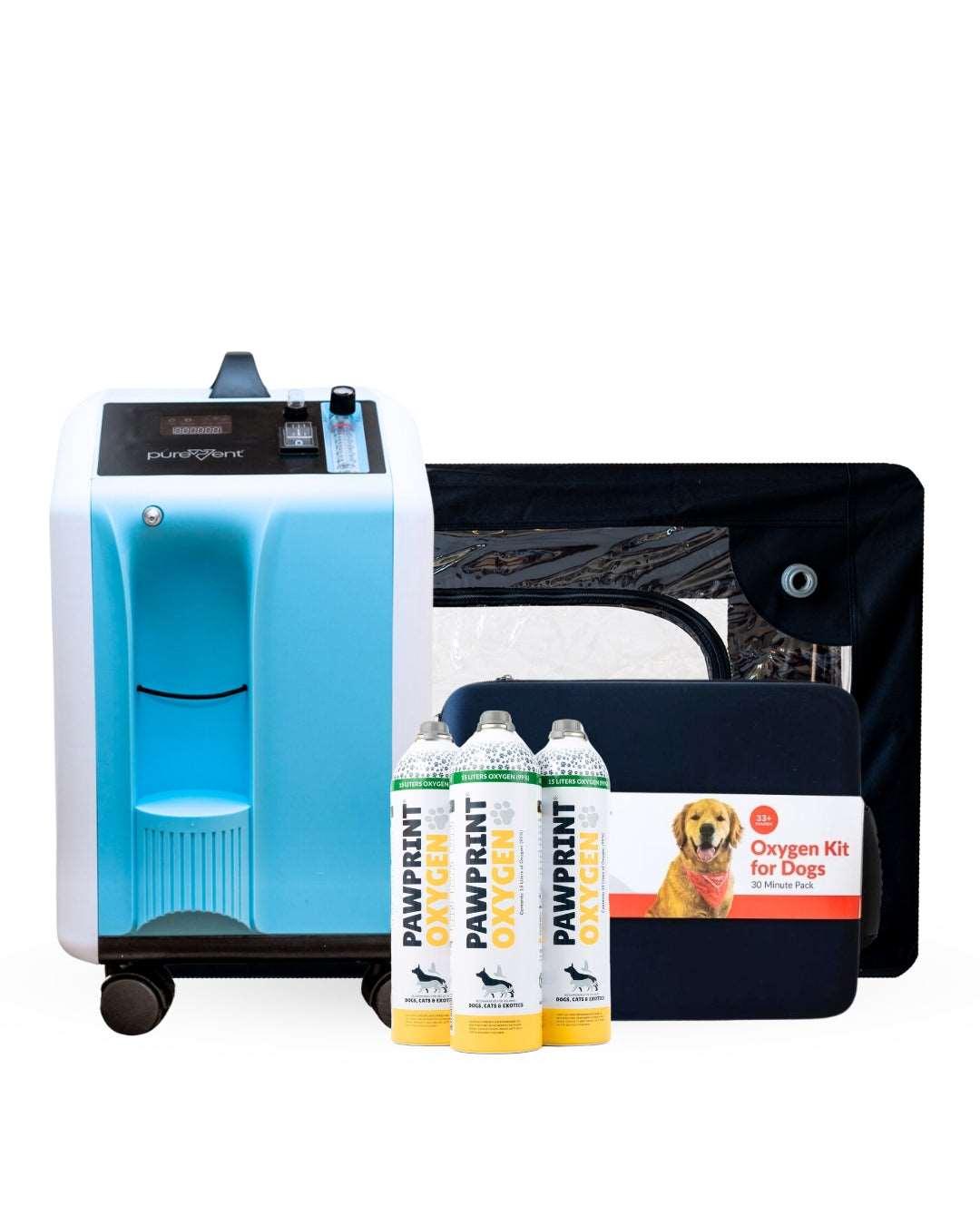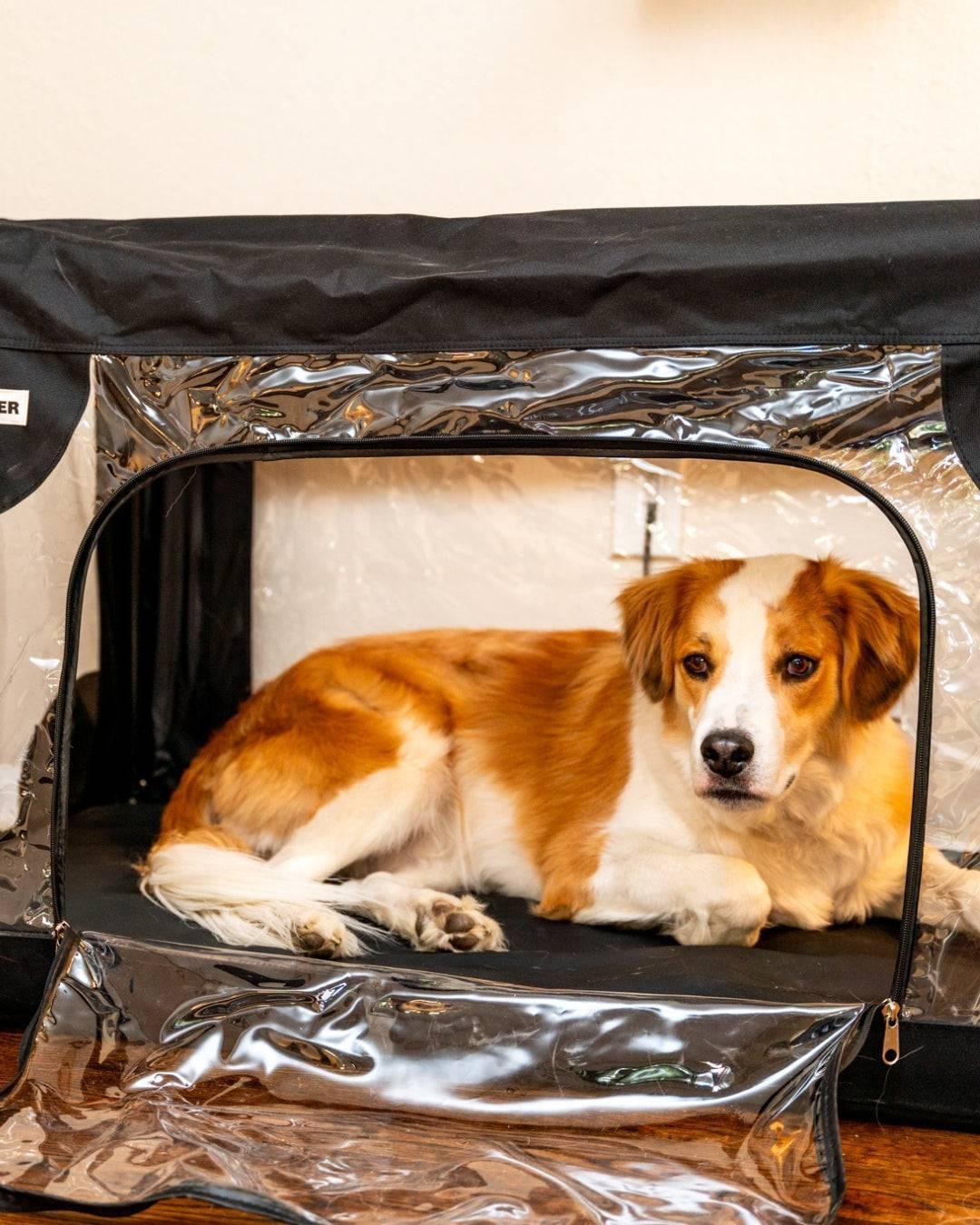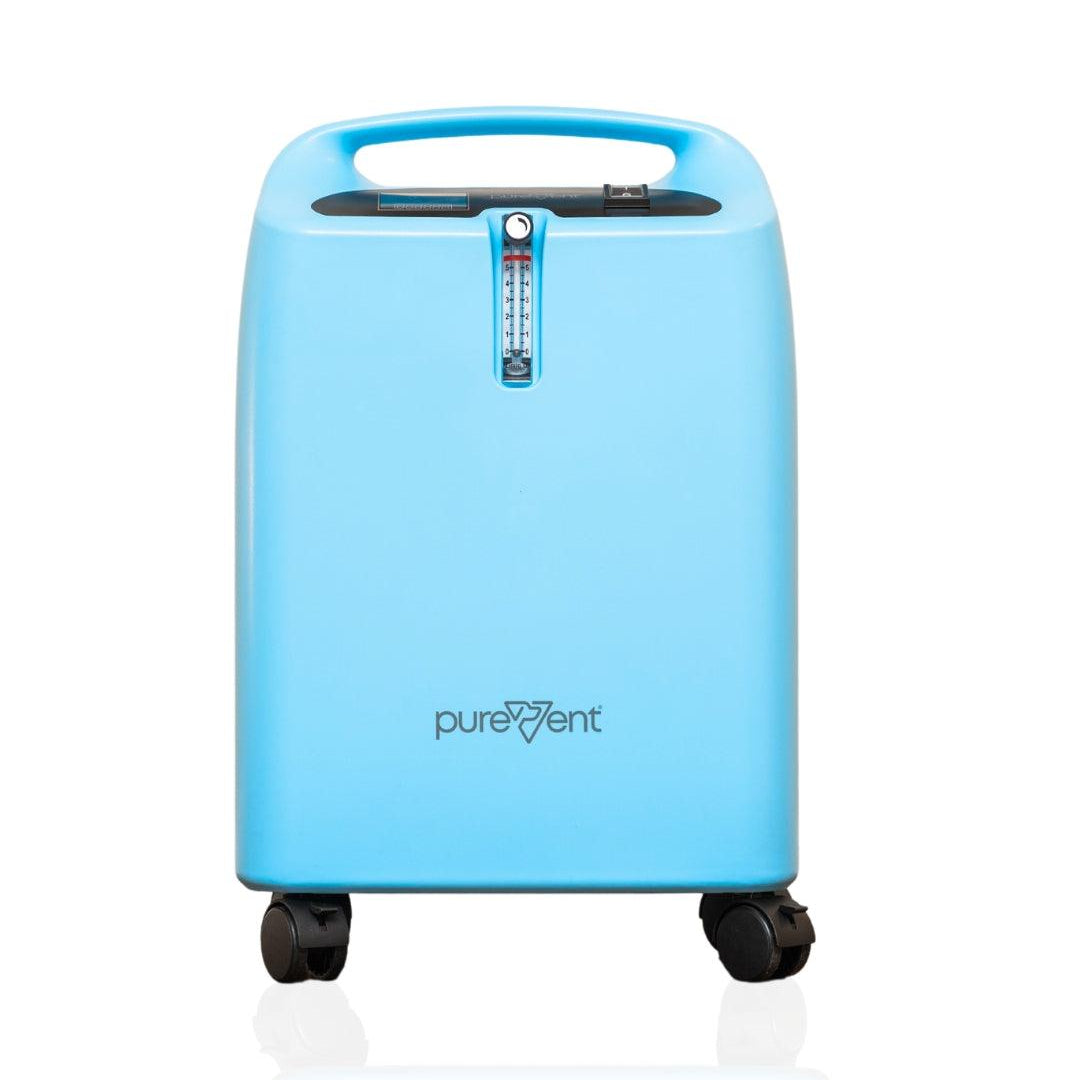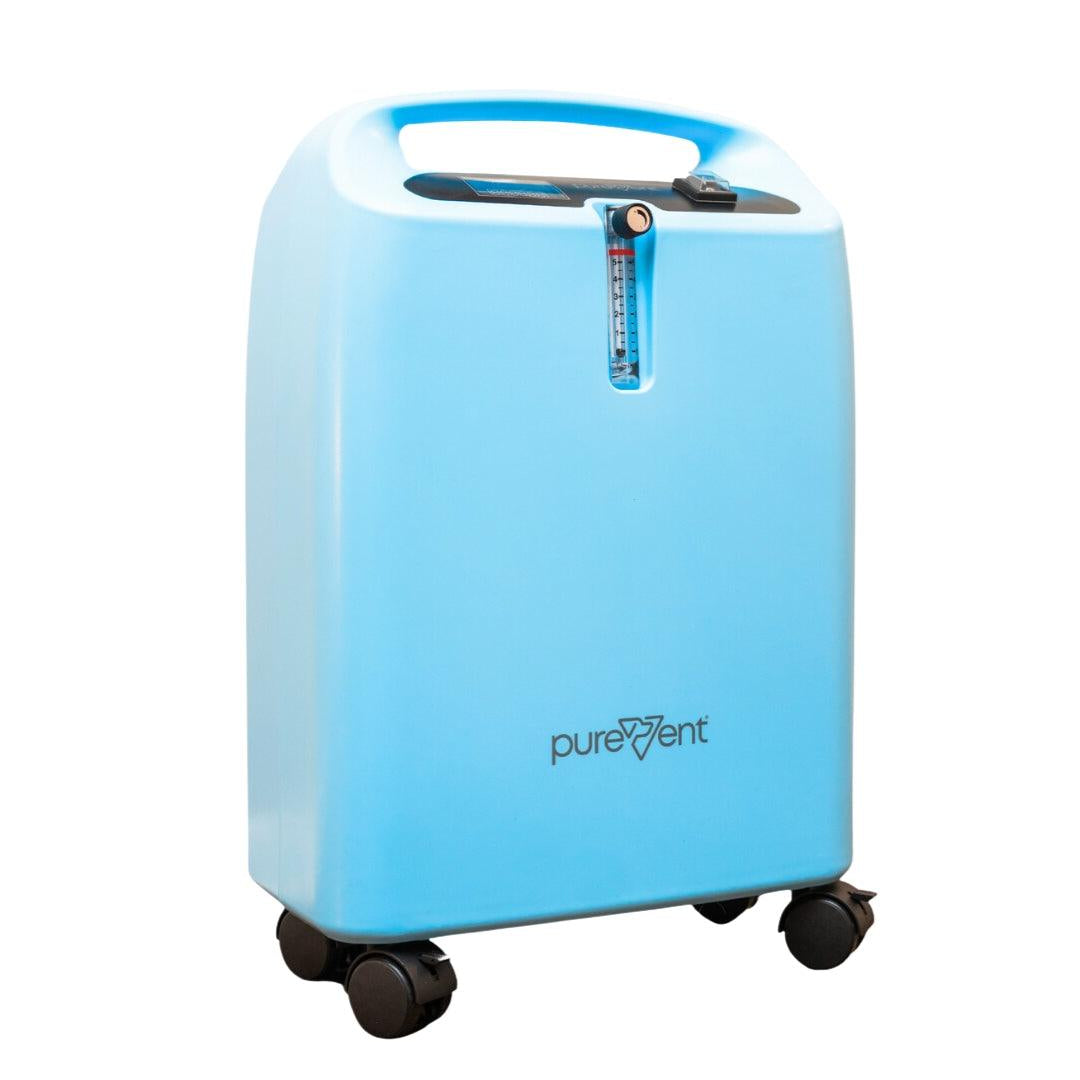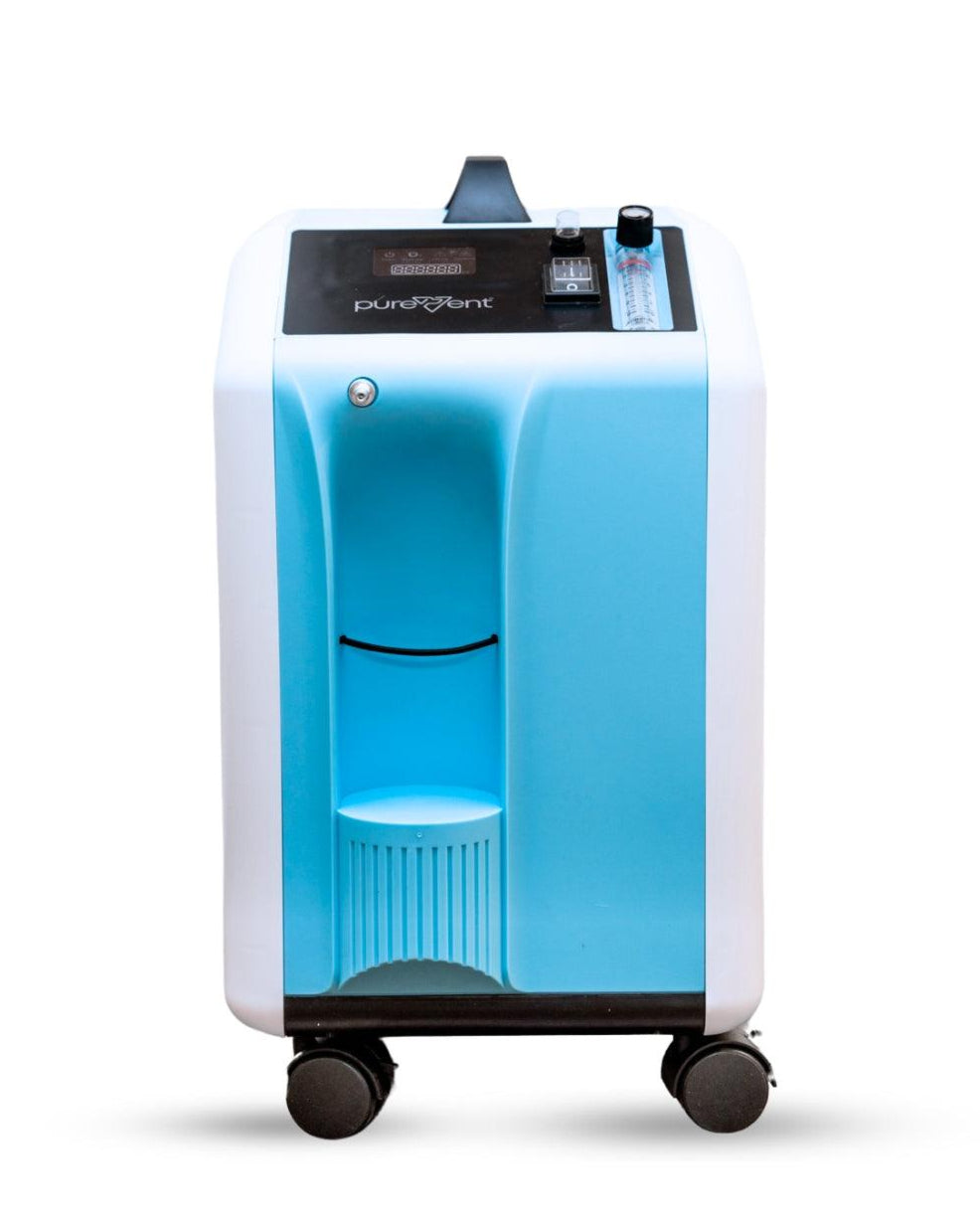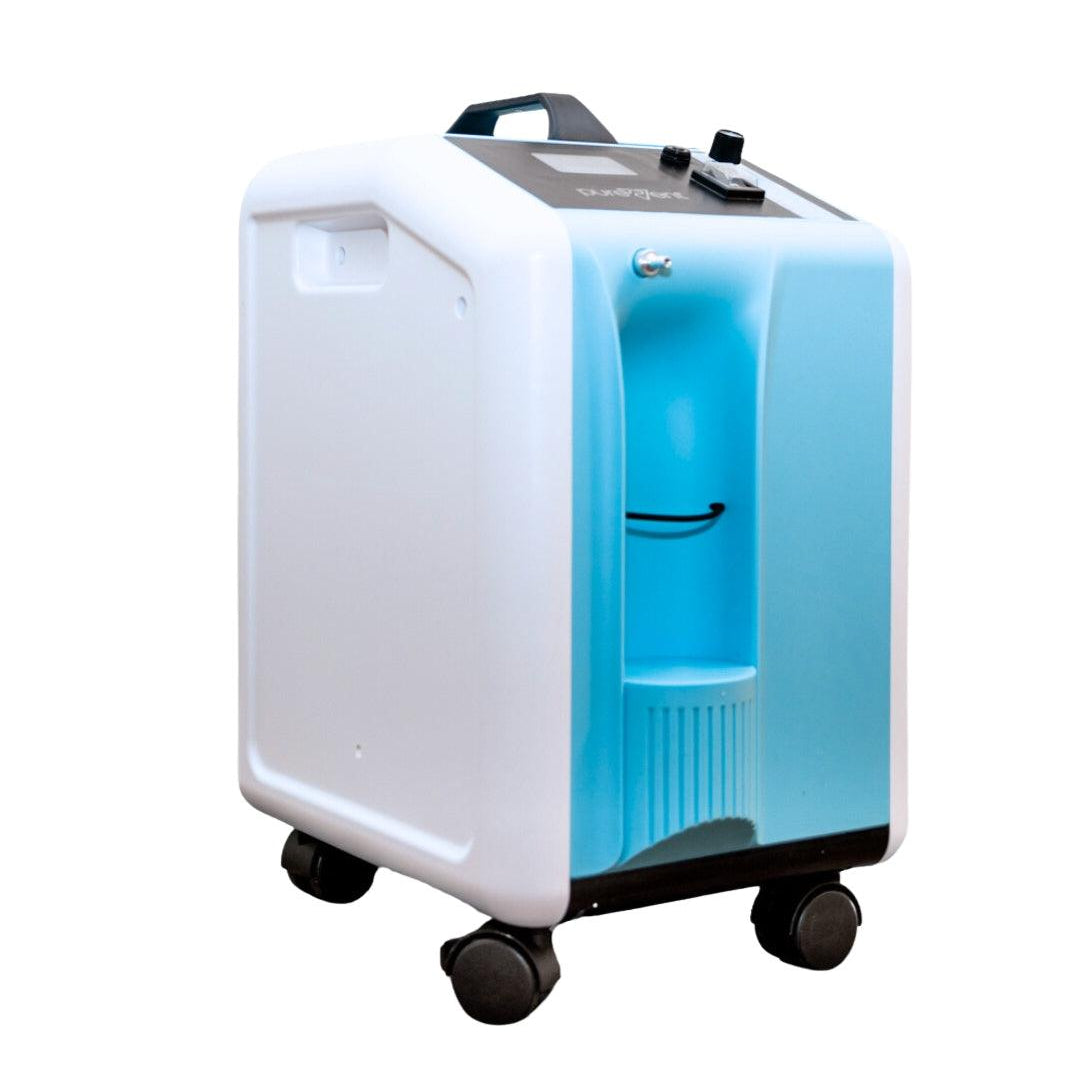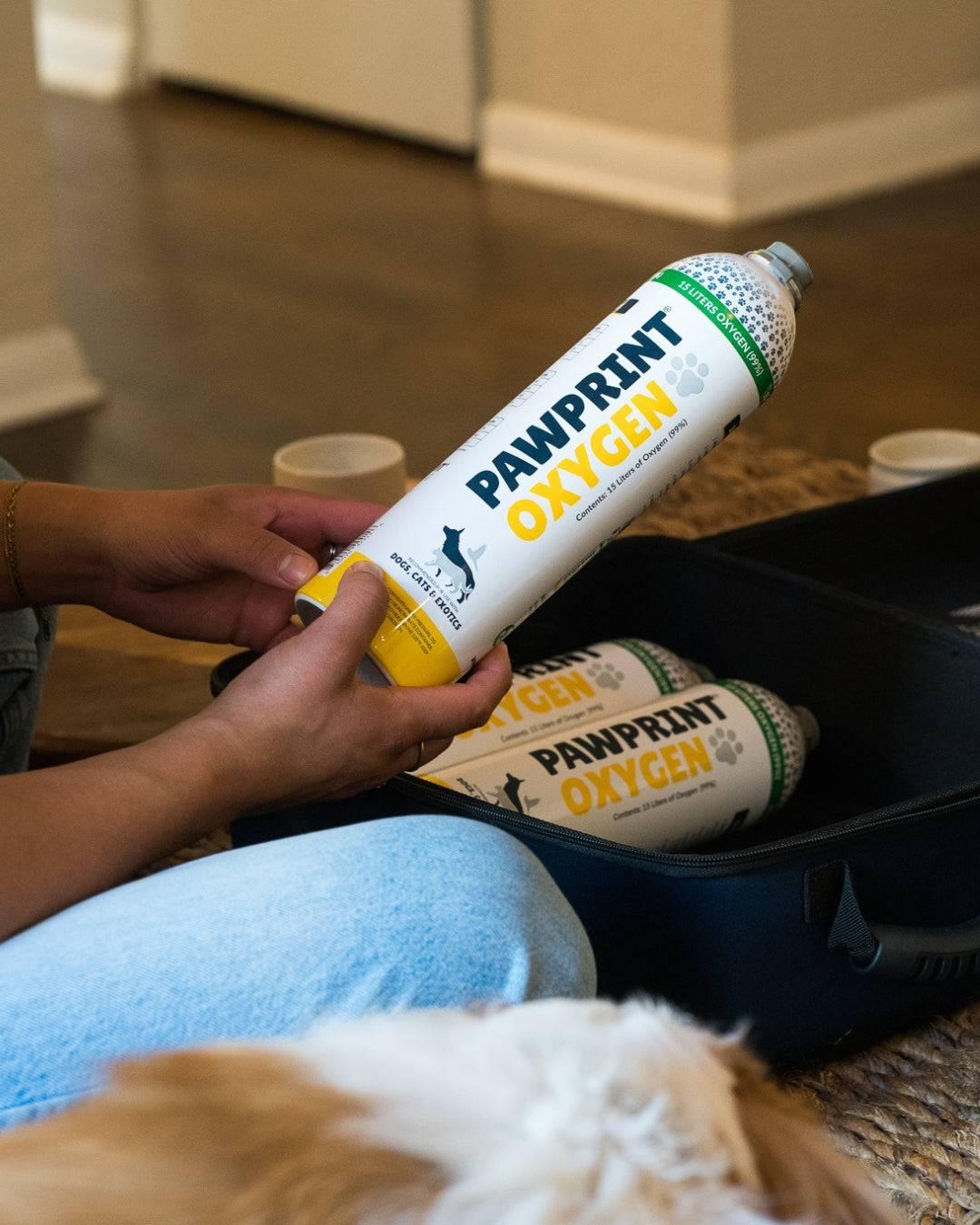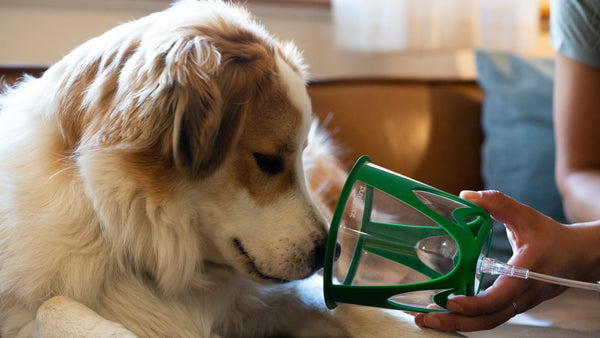As the temperature rises, it's not only humans that need to stay cool. Our furry friends are also susceptible to heatstroke, a potentially life-threatening condition. In this article, we will explain the risks of heatstroke in dogs and provide you with the knowledge to identify the signs and symptoms.
Heatstroke occurs when a dog's body temperature rises to a dangerous level. This often happens due to excessive heat and poor ventilation. Since dogs don't sweat like humans, they rely on panting to regulate their body temperature. However, in hot and humid conditions, panting may not be enough to cool them down, leading to heatstroke.
So, what are the signs of heatstroke? Restlessness, excessive panting, drooling, vomiting, and a rapid pulse are some of the common indicators. It's crucial to act quickly in these situations, as prolonged exposure to high temperatures can cause organ failure and even death.
What Causes Heatstroke in Dogs?
Heatstroke in dogs can occur when their body temperature rises to a critical level which can lead to multiple organ failure and possibly death if not promptly addressed.
Here Are the 6 Primary Causes of Heatstroke in Dogs:
1. High Environmental Temperatures and Humidity
Dogs are more susceptible to heatstroke on hot, humid days, especially when they don't have access to shade or fresh, cool water. Unlike humans, dogs primarily regulate their body temperature through panting and to a lesser extent through sweating from the pads of their feet. In high temperatures, these mechanisms might not suffice to keep their body temperature within a safe range.
2. Inadequate Ventilation
Dogs left in poorly ventilated spaces, such as a closed room or a car, even for a short period, can quickly succumb to heatstroke. The temperature inside a vehicle can rise rapidly to dangerous levels, even on moderately warm days and even with windows cracked open.
3. Excessive Exercise
Vigorous activity in hot weather, especially without proper acclimatization, increases the risk of heatstroke. Dogs do not always know their limits and rely on their owners to prevent overexertion.
4. Lack of Access to Water and Shade
Dogs that cannot escape the sun or do not have access to fresh drinking water are at a higher risk of developing heatstroke. Continuous exposure to the sun can rapidly increase their body temperature.
5. Breed-specific Vulnerabilities
Certain breeds, particularly those with thick fur, short noses (brachycephalic breeds like Bulldogs, Pugs, and Boston Terriers), or those that are overweight or have underlying health issues, are more prone to heatstroke. These dogs have a harder time cooling themselves through panting.
6. Age and Health Status
Very young, elderly, or dogs with pre-existing health conditions (e.g., heart disease, obesity) are at a greater risk for heatstroke due to their less efficient body temperature regulation and overall resilience.

How Hot Is Too Hot For Pets To Be Outside?
The risk zone for heatstroke in dogs generally starts when the ambient temperature rises above 75°F (24°C), with the risk increasing significantly as temperatures climb above 80°F (27°C). However, it's essential to note that humidity and direct sunlight can exacerbate the effects of heat, making lower temperatures potentially dangerous as well.
Extremely high-risk heatstroke conditions occur when temperatures exceed 90°F (32°C), especially with high humidity levels, as dogs struggle more to cool themselves through panting. It's crucial to monitor your dog for signs of overheating whenever they are in warm environments, regardless of the exact temperature, and take preventive measures to ensure they stay cool and hydrated.
Symptoms of Heatstroke in Dogs
Recognizing the signs and symptoms of heatstroke in dogs is crucial for early intervention and treatment. It's important to note that these symptoms may vary from dog to dog, but being aware of the common indicators can help you take prompt action.
One of the primary signs of heatstroke is restlessness. Dogs may become agitated, pacing back and forth, as they try to find relief from the heat. Excessive panting is another key symptom. Dogs suffering from heatstroke will pant excessively and may have difficulty catching their breath. This panting is often accompanied by drooling, as their bodies attempt to cool down.
Excessive Panting and Drooling:
One of the first and most obvious signs of heatstroke is an increased rate of panting and heavy drooling. Dogs pant to cool down, but excessive panting without relief indicates they're unable to regulate their body temperature.
Increased Heart Rate:
A rapid heartbeat is another symptom of heatstroke. This can sometimes be felt by placing a hand on the dog's chest, especially in smaller dogs.
Lethargy or Weakness:
Dogs suffering from heatstroke may appear unusually tired, lethargic, or weak. They may be less responsive to commands and show little interest in activities they usually enjoy.
Vomiting or Diarrhea:
Gastrointestinal signs such as vomiting or diarrhea, which may sometimes contain blood, are serious symptoms of heatstroke. These symptoms indicate the body is under extreme stress.
Collapse or Loss of Consciousness:
In severe cases of heatstroke, dogs may collapse or even lose consciousness. This is an emergency situation requiring immediate veterinary attention.
5 Things To Do If Your Pet Is Experiencing Heatstroke
Addressing heatstroke in pets is critical and requires prompt and effective action to prevent serious health issues or even fatality. If you suspect your pet is suffering from heatstroke, here are the top 5 steps you can take:
- Move Your Pet to a Cooler Environment: Immediately move your pet to a shaded or air-conditioned area to stop the temperature from rising further. This initial step is crucial in halting the progression of heat stroke.
- Apply Cool (Not Cold) Water: Begin to lower your pet's body temperature by applying cool water to their body, especially on the neck, underarms, and between the hind legs. You can also use wet towels or place your pet in a bath of cool water, but avoid using ice-cold water or ice as this can constrict blood vessels and impede cooling.
- Use Fans to Increase Air Flow: After wetting your pet, use a fan to increase airflow and help speed up the cooling process. The moving air over the wet skin will help evaporate the water and draw heat away from your pet's body.
- Administer Oxygen if Available: If you have access to oxygen, administering it can be extremely beneficial. Oxygen therapy supports the pet's cardiovascular system, which can be under significant stress during heat stroke. Oxygen helps ensure that tissues damaged by the heat can recover more effectively by improving oxygen delivery to these areas. It also aids in helping the pet breathe more easily if they are experiencing respiratory distress, a common complication of heat stroke.
-
Transport to a Veterinarian Immediately: While initiating these first aid steps, it's critical to get your pet to a veterinarian as soon as possible. Heat stroke can lead to severe complications like organ failure, which need to be addressed by a professional. The veterinarian can provide intravenous fluids, monitor vital signs, and initiate more specific treatments as needed.
Normal Respiratory Rates for Different Pets
Normal respiratory rates can vary depending on the species, age, and size of your pet. Here's a general guideline for some common pets:
- Dogs: The normal respiratory rate for dogs is typically between 10 to 30 breaths per minute, with smaller breeds having higher rates and larger breeds having lower rates.
- Cats: Cats usually have a respiratory rate of 20 to 30 breaths per minute.
- Small mammals (e.g., rabbits, guinea pigs): Small mammals generally have higher respiratory rates compared to dogs and cats, ranging from 30 to 60 breaths per minute.
-
Birds:
Birds have higher respiratory rates due to their unique respiratory system. The normal respiratory rate for birds can range from 20 to 60 breaths per minute, depending on the species.
It's important to note that these are general guidelines, and individual variations can occur. Monitor your pet's respiratory rate over time to establish their baseline and quickly identify any deviations.
Can Dogs Recover from Heat Stroke on Their Own?
Heatstroke in dogs is a serious condition that requires immediate attention and does not typically resolve on its own without intervention. When a dog suffers from heat stroke, their body temperature can rise to dangerous levels, leading to potentially fatal complications such as organ failure, brain damage, and coagulation disorders.
Without proper and prompt cooling measures and supportive care, the condition can quickly worsen. Even after initial cooling efforts, dogs with heat stroke need veterinary care to address dehydration, electrolyte imbalances, and any organ damage. A veterinarian can provide intravenous fluids, and medications to prevent or treat complications and monitor the dog's condition closely.
In summary, heatstroke is an emergency that requires both immediate first aid to begin cooling the dog and professional veterinary care to fully address the condition and its aftereffects. Early intervention can significantly improve the chances of a full recovery, but leaving heatstroke to resolve on its own can have deadly consequences for a dog.



